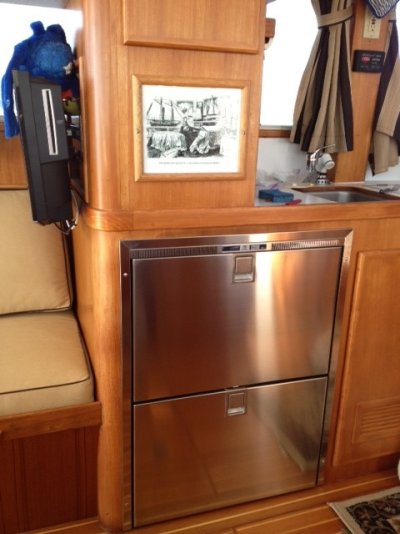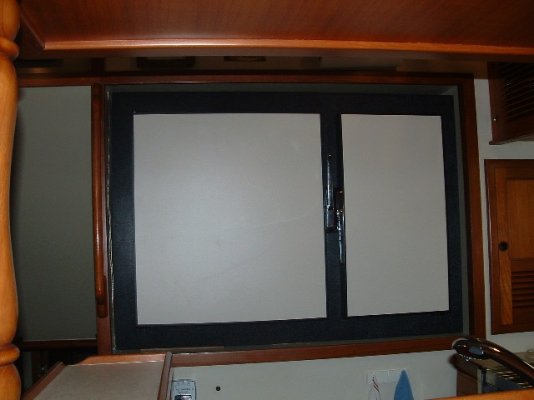Marine Refrigeration
Refrigeration cycle is a cycle of mechanical system in which transmission of heat allow from one place at a lower temperature (the source ) to another place at a higher temperature ( the sink or heat sink ) by continuously circulating, evaporating, and condensing a fixed supply of refrigerant in a closed system.
Or,
Refrigeration cycle is thermodynamic cycle to generate refrigerating effect with the use of evaporator, compressor, condenser & expansion valve.
Thus, a heat pump is called as a "heater" if the objective is to warm the heat sink (as when warming the inside of a home on a cold day), or a "refrigerator" or “cooler” if the objective is to cool the heat source (as in the normal operation of a freezer).
In both case, the operating principles are close.Heat is removed from a cold place to a warm place.
Note :- Refrigeration cycle is also called heat pump cycle.
Diagram of refrigeration cycle.
Vapour compression cycle
Vapour Compression Refrigeration Cycle is the most widely used refrigeration system.
Vapor-compression cycle refrigeration is a process that uses the physics of phase change heat transfer and the unique properties of a refrigerant to transfer heat from a relatively cold source to a hot medium.
Basic Refrigetion cycle
The basic components of any refrigeration system working on the vapour compression cycle,are the compressor,condenser, expansion valve and evaporator and the refrigerant fluid which is alternatively vaporized and liquefied during the refrigeration cycle.
The temperature at which a fluid boils or condeses,is known as the saturation temperature and it varies with temperature.
Basic components of refrigeration cycle
The 4 main Components of Refrigeration cycle
1.Compressor
2.Condenser
3.Expansion valve
4.Evaporator
Selection depend on size of ship , space and quality.




